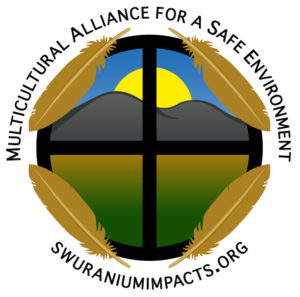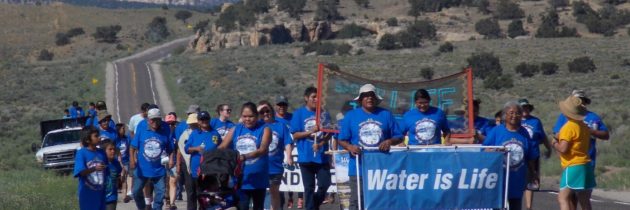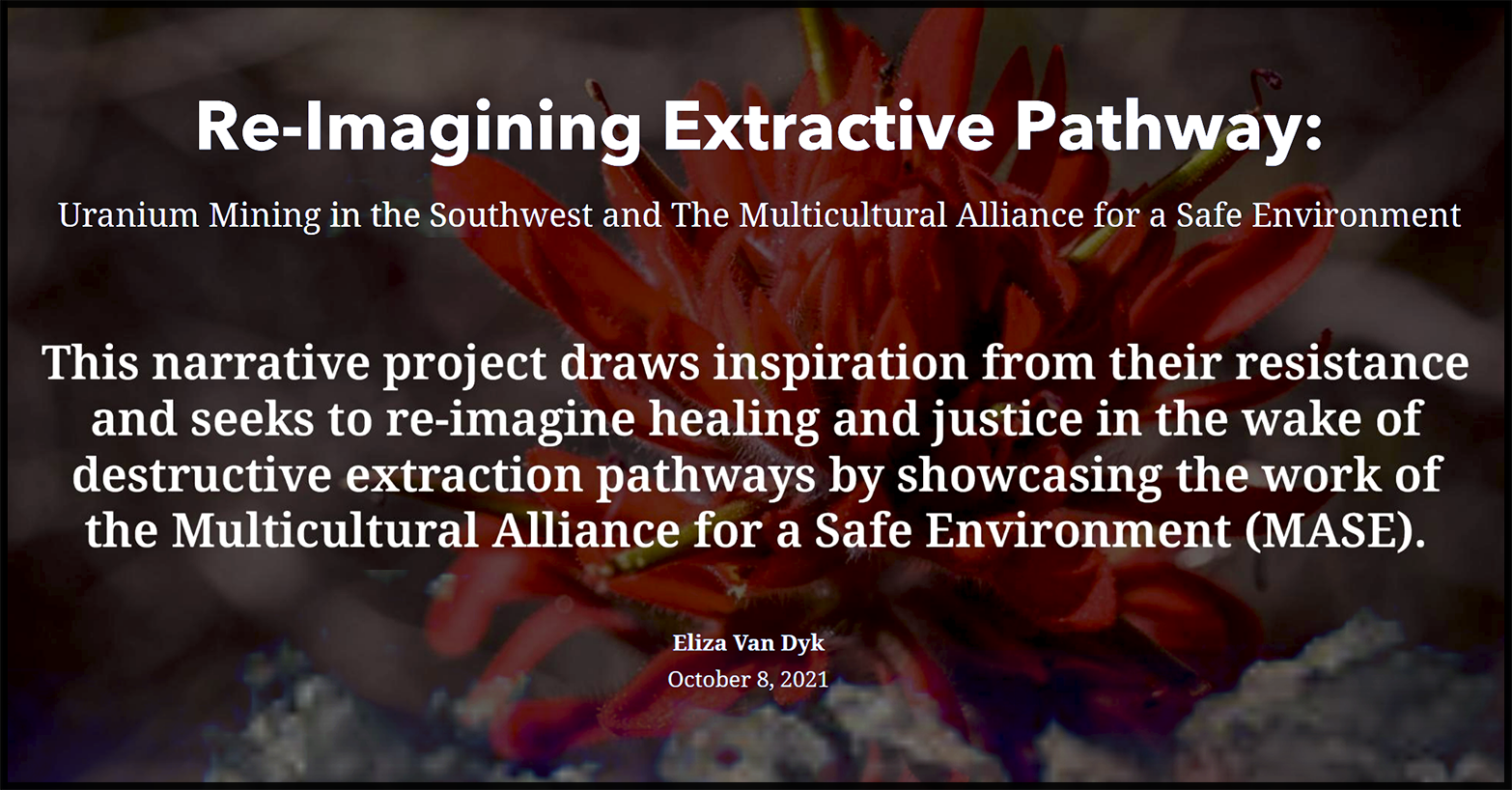International Uranium Film Festival returns to Navajo Nation
Farmington Daily Times by Noel Lyn Smith, Nov. 26, 2018
FARMINGTON — Documentaries that share stories about uranium mining and its legacy on Native American communities will be shown when the International Uranium Film Festival returns this week to Window Rock, Arizona.
The free film festival starts Thursday at the Navajo Nation Museum and will feature film screenings over three days.
The film festival was founded in 2010 in Rio de Janeiro with the goal of providing education about the impact of uranium mining and nuclear activities on communities and the environment.
The festival previously visited Window Rock in 2013, and this year’s stop is part of a Southwest tour that includes screenings in December in Albuquerque, Grants and Santa Fe, and in Flagstaff and Tucson, both in Arizona.
“The International Uranium Film Festival has been operating every year. They do one or two presentations in different countries, and it seemed like a good time to come back to the U.S. Southwest,” said Susan Gordon, coordinator for the environmental group Multicultural Alliance for a Safe Environment.
The group partnered with New Mexico Social Justice and the Equity Institute, a nonprofit organization that deals with environmental health disparities, to bring the festival to the area.
One of the documentaries that centers on the Navajo Nation is “Tale of a Toxic Nation,” which focuses on the Red Water Pond Road community in Church Rock near Gallup.
Gordon said the 13-minute documentary tells the story about the community’s uranium mining legacy and how residents continue to advocate for federal agencies to conduct cleanup activities.
“I think it’s empowering for them to be able to see their story and know it’s going out much further than they were used to,” she said.
Other documentaries share information about the consequences of uranium mining on members of the Ute Mountain Ute, Acoma, Laguna and Lakota tribes.
There are also films about nuclear activity occurring at the international level, including one about the 2011 nuclear accident at the Fukushima Daiichi plant in northern Japan, and about activity happening in the U.S., such as the proposed nuclear waste repository at Yucca Mountain in Nevada.
Norbert Suchanek, general director for the film festival, said audience members gain firsthand information about the risks of uranium, nuclear power, nuclear waste and radioactivity, as well as knowledge for addressing those issues.
Suchanek added that since these types of film are not regularly shown in theaters, the festival provides a “rare opportunity.”
“That’s a totally different experience than to watch the films on your computer or TV. Plus, the audience will meet the filmmakers, too, and discuss the films and issues with them,” he said.
The festival opens at 3 p.m. Thursday, followed by screenings at 5:30 p.m. and 7 p.m.
Navajo Nation Vice President and President-elect Jonathan Nez will be the guest speaker when the event starts Thursday.
On Friday, screenings are planned for 10 a.m., 3 p.m., 5 p.m. and 7:30 p.m. Showings on Saturday will be at 10 a.m., 2 p.m., 3 p.m. and 5:30 p.m.
There will be question-and-answer sessions with filmmakers and festival organizers following select screenings.
For more information about the festival or to review its program, visit the International Uranium Film Festival website at uraniumfilmfestival.org.
Noel Lyn Smith covers the Navajo Nation for The Daily Times. She can be reached at 505-564-4636 or by email at nsmith@daily-times.com.






